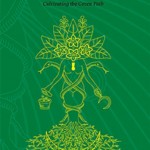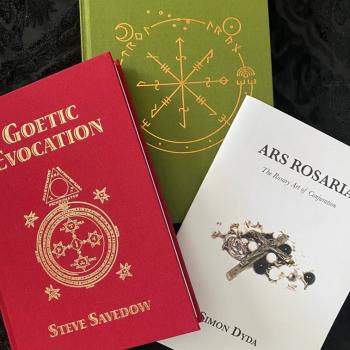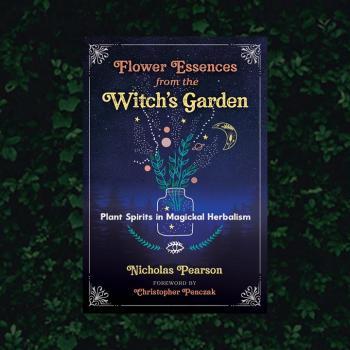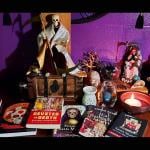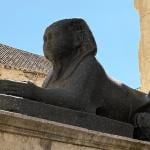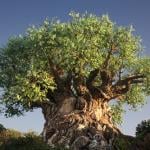Wicked Plants: The Weed That Killed Lincoln’s Mother and Other Botanical Atrocities
This guide to poisonous plants is a little bit different. It is a novelty for those of us who are interested in the strange often dangerous world of botanical poisons. The author, Amy Stewart writes with a tongue-in-cheek humor, which keeps this dark topic lighthearted. However, all joking aside Stewart is a well-researched enthusiast of the secrets of nature. A gardener herself, Amy tends her own poison garden in Northern California, after having written four books of her own.
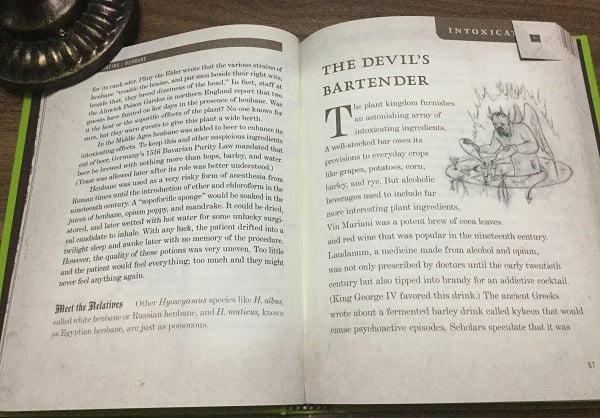
This book isn’t specifically about using poisonous plants in witchcraft, although this guide wouldn’t be complete without the plants found in the witch’s garden. It does have all kinds of obscure historical information that tells about the origins of these plants, and how they were used throughout history. Many poisonous plants have played a prominent role in the shaping of human history, and their stories are told here. Each one of the plants has their own unique story to tell about their encounters with humanity. Ritual use, ordeal poisons, hallucinogens, and intoxicants; poisons have been used for a myriad of purposes from medicinal to aphrodisiac, and Stewart categorizes their personalities accordingly. Poisons can be found in the most unassuming of places, and that is a recurring theme. Lovers poisoned by deadly bouquets and unassuming dinner guests accidentally done in by the main course are some of the stories told within this book.
The Wickedest of the Wicked
Some botanical poisons are more notorious than others, as they are known for their destructive powers. Others are discreet an unassuming, making them possibly more dangerous, sneaking into our homes where we think we are safe. For example, one of the poisons mentioned is scientifically named Cerbera odollam, the genus contains sweet smelling shrubs like its cousin Oleander. It is commonly called Suicide Tree because of the frequency with which the heart-stopping fruit is used by locals to take their lives or the lives of others. The genus that contains these deadly cousins is named after Ceberus, the three-headed dog that guards the entrance to the Underworld.
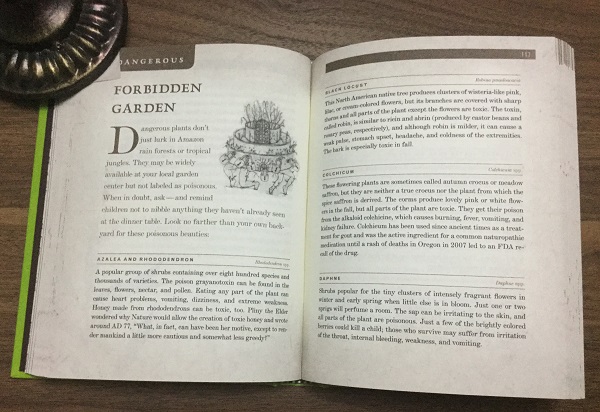
Many of the common flowering plants used in the quaint English Cottage gardens of the Victorian era were deadly poisons. These beautiful flowers are often used in ornamental gardens still today by flower enthusiasts who are unaware of the powerful arsenal growing within their garden gate. Not all botanical toxins come from exotic places like the rainforest. Many of the deadliest plants grow in our own back yards. However, some plants are so strange that they steal the show, and Whistling Thorn Acacia known as Acacia drepanolobium, is a strange one indeed. Not only does it have sharp, three-inch thorns to defend itself; it also employs and army of aggressive ants that live in the hollowed out bulbs at the base of the thorns. The small hole created by the ants in the base of the thorn creates a strange whistling sound when the wind blows through the trees.
These and over two-hundred other villains of the plant world are identified and described in detail for their most notorious qualities. This book is great for anyone that finds the intriguing world of botanical oddities interesting. It is useful to the magical practitioner, although, not the author’s main intention, but if one reads between the lines there is valuable historical information on these plants, as well as insights into their uses in ritual.
To find out more about this book and other botanical atrocities go to:
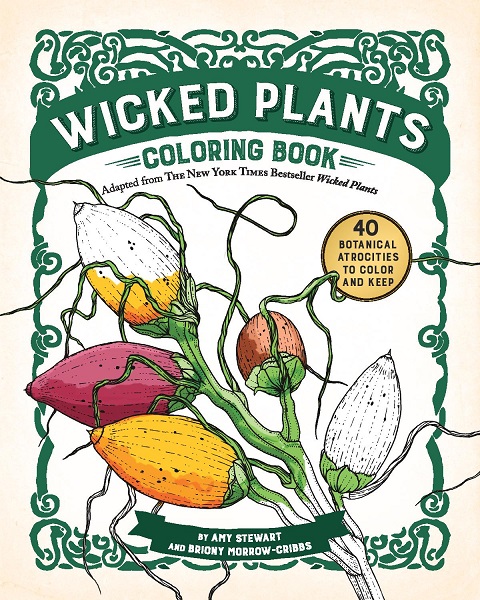
You can buy the coloring book here:

